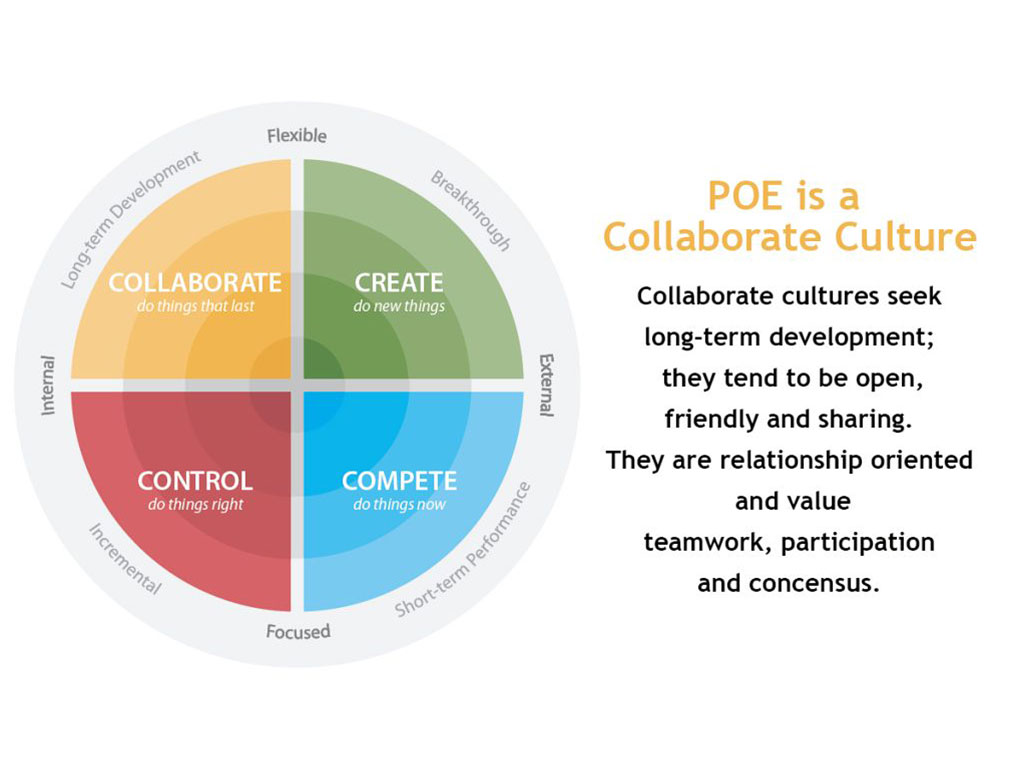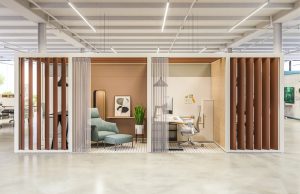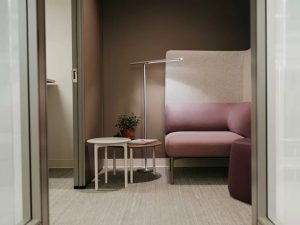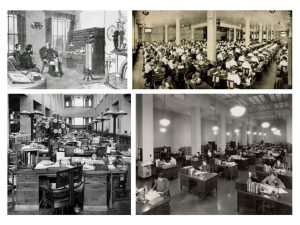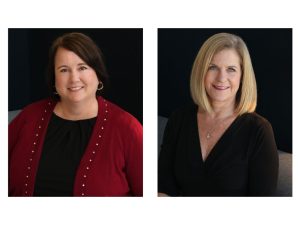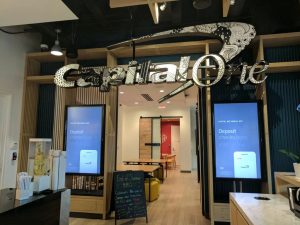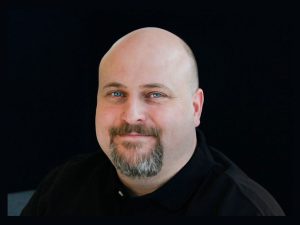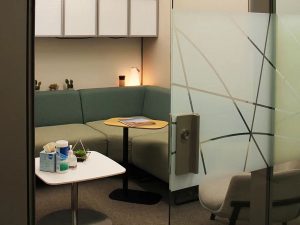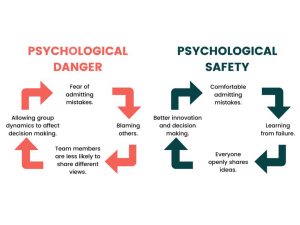To Support a collaborative culture through the major transition of implementing a hybrid workforce requires a thoughtful and strategic framework. POE has developed a return to work plan reflecting our leaderships desires, research, and a non-binary future.
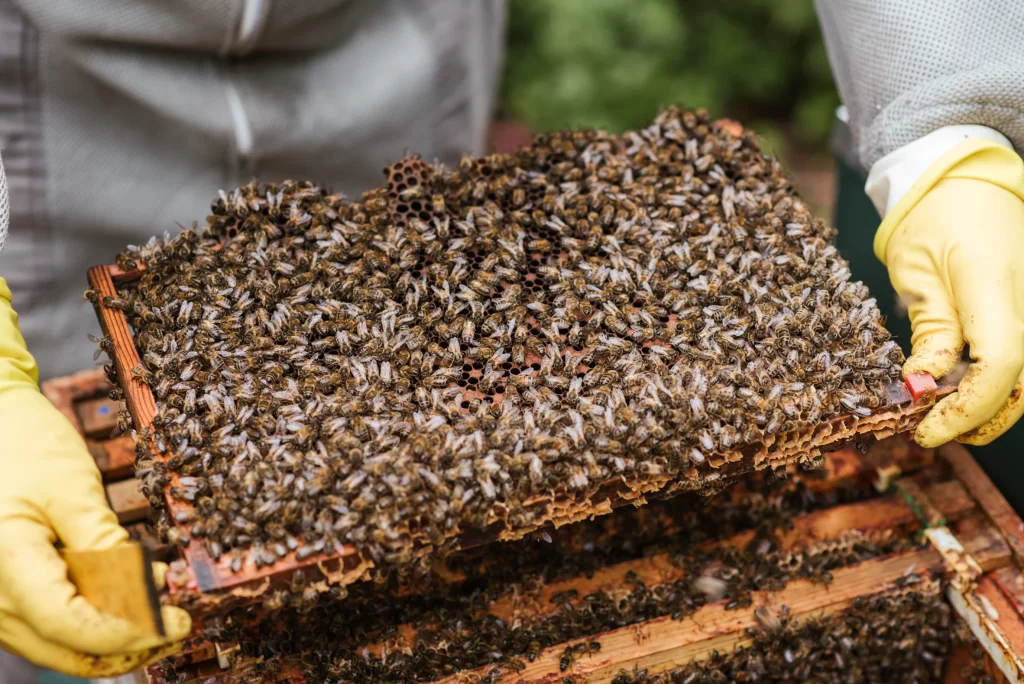
Leadership believes that work can happen almost anywhere but is often most successful when it happens in the right environment. As has been proven over the past year, different types of work are accomplished better in different places. However, many organizations have found it easy to take the “all or nothing” approach (100% remote vs. 100% in-office) which is detrimental to either the organization as a whole, or to individuals and their new-found work preferences.
We can look at the example of bee hives. A bee keeper has things to consider for the health of the hive as a single organism and in the same breath must consider the health of each individual bee and their specific job function within the hive. Taking care of both organization and individual can seem overwhelming, but it doesn’t have to be.
POE asked the question: what are the types of interaction or activity that guide how and when our members work remote and when they come into the office? Tuning into our organizational culture, remaining mindful of inclusion while balancing individual preferences allowed us to curate a hybrid Framework that blends POE’s organizational needs and Member preferences.
POE’s Hybrid Framework
1. Organizational Collaboration & Workflows
We understand that we need to do what is best for the organization as a whole and take into account collaboration and workflows that enhance the way we serve clients, win new work, and create new ideas.
Meaningful Relationships – We are a part of a social industry. Building relationships is more efficient and intentional in a social setting.
Be Present – This means in order for our organization to thrive, we need members in the office at least some of the time and in a consistent way.
2. Inclusion & Fairness
Consistency – Shared/Common guidelines amongst our different divisions and teams, so that varying degrees of flexibility and freedom are not defined by the individual team leaders.
Defining Expectations – This prevents rules from being made on an ad hoc basis and expectations remain rooted in our culture.
Fairness – People are happy and agreeable when they feel there is an effort being made to create an inclusive atmosphere – all teams play by the same set of rules.
3. Individual Jobs, Tasks, and Preferences
Employee Needs – Employees have found new ways of working over the past year and some of those ways have proven very successful.
Employee Productivity – POE will consider individual’s drivers of productivity, energy, focus, and cooperation so that we can accommodate our Member’s preferences and support them in the place they find the most productivity.
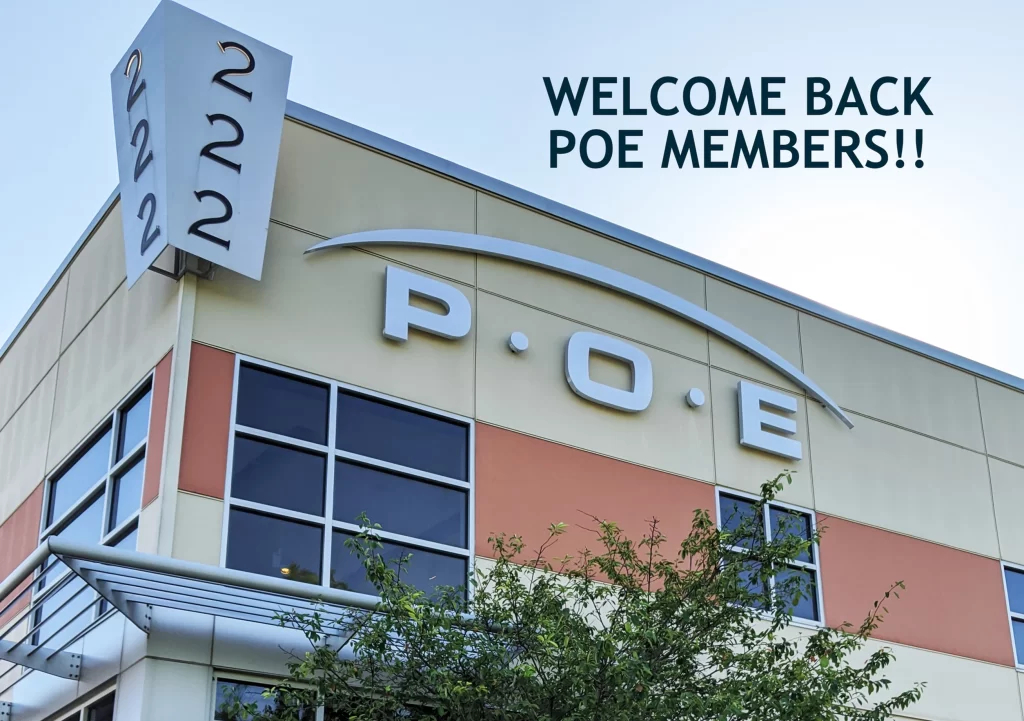
POE has enthusiastically launched our Hybrid framework. Over the next several months we will test, evaluate and tweak our framework to meet the evolving needs of our organization and members. We invite you to be a part of this journey and will continue to share insights and inspiration along the way.
Now that we have a framework we can begin placing guidelines around when members must be in the office and when they can work from home or a third place. Stay tuned for our next blog as we use time-tested research and our company culture to set forth the specific rules of our return to work.

